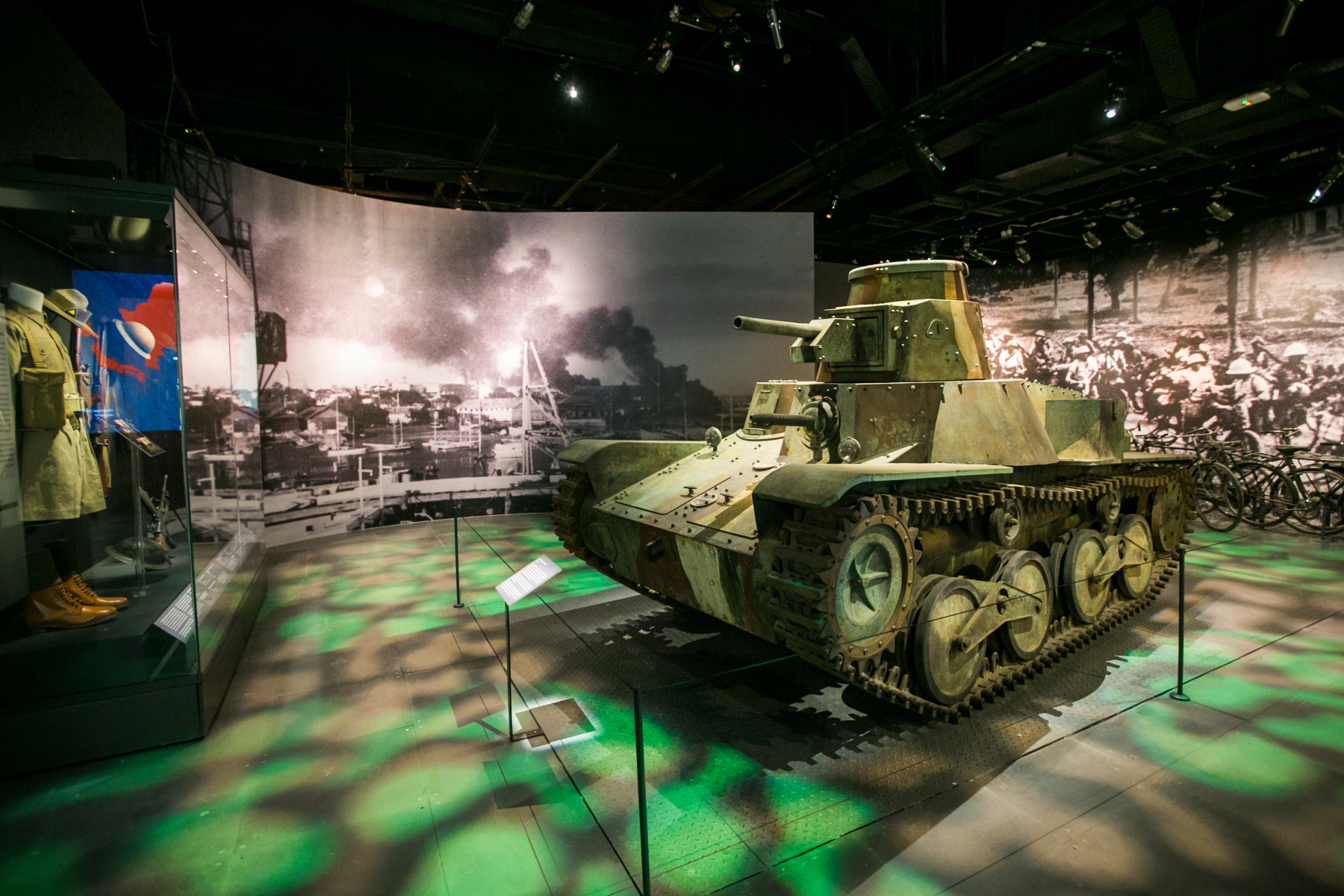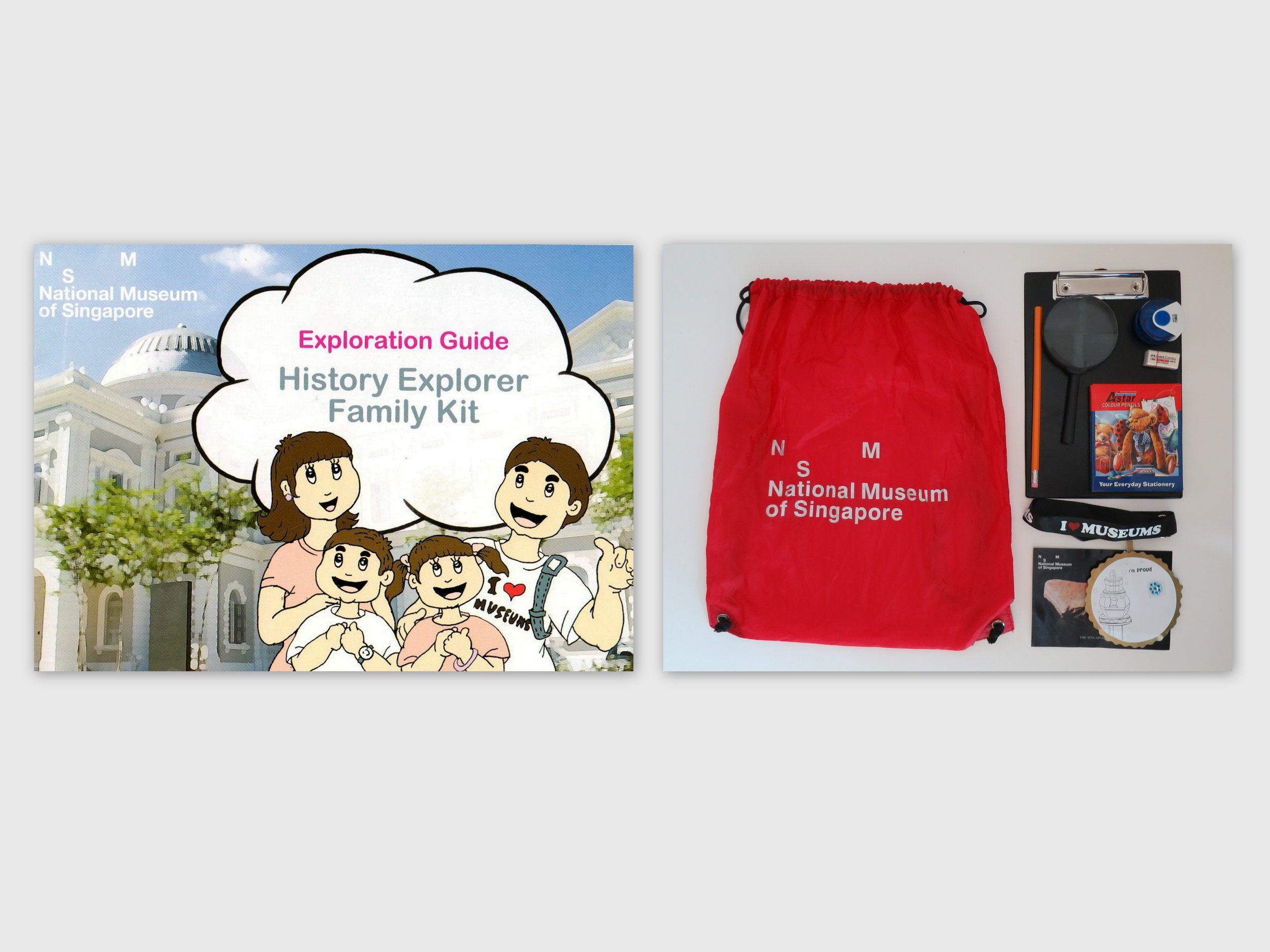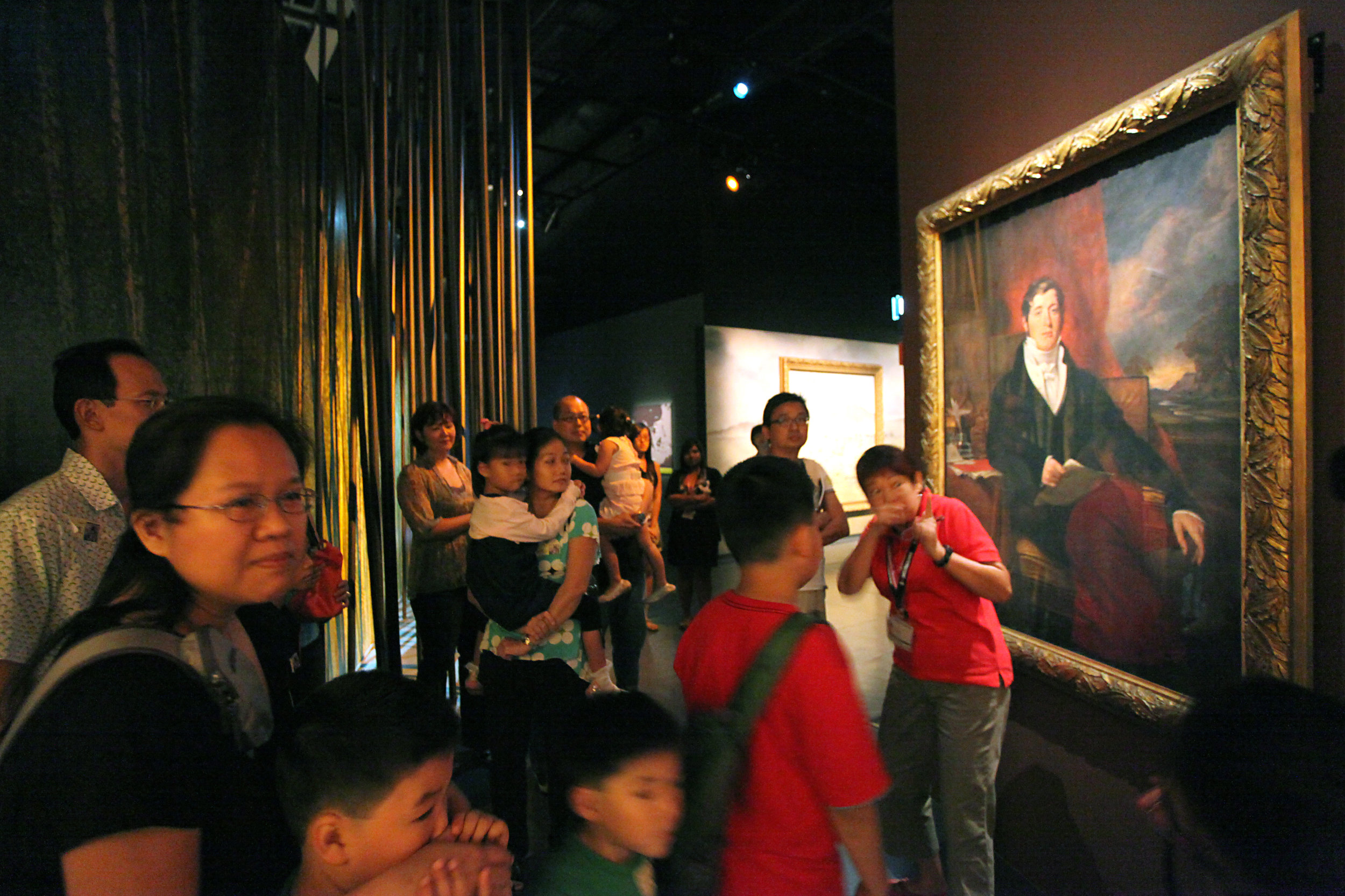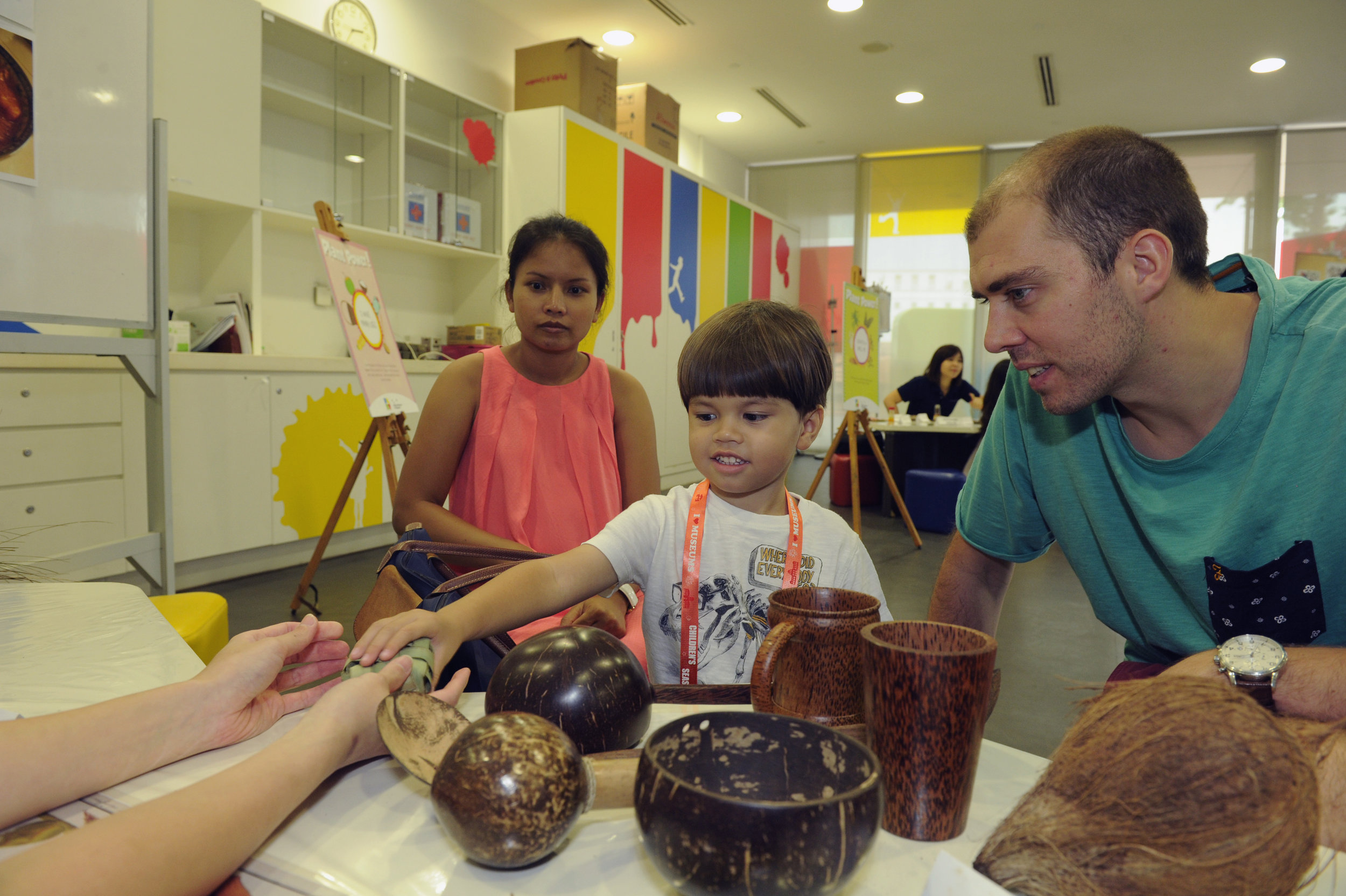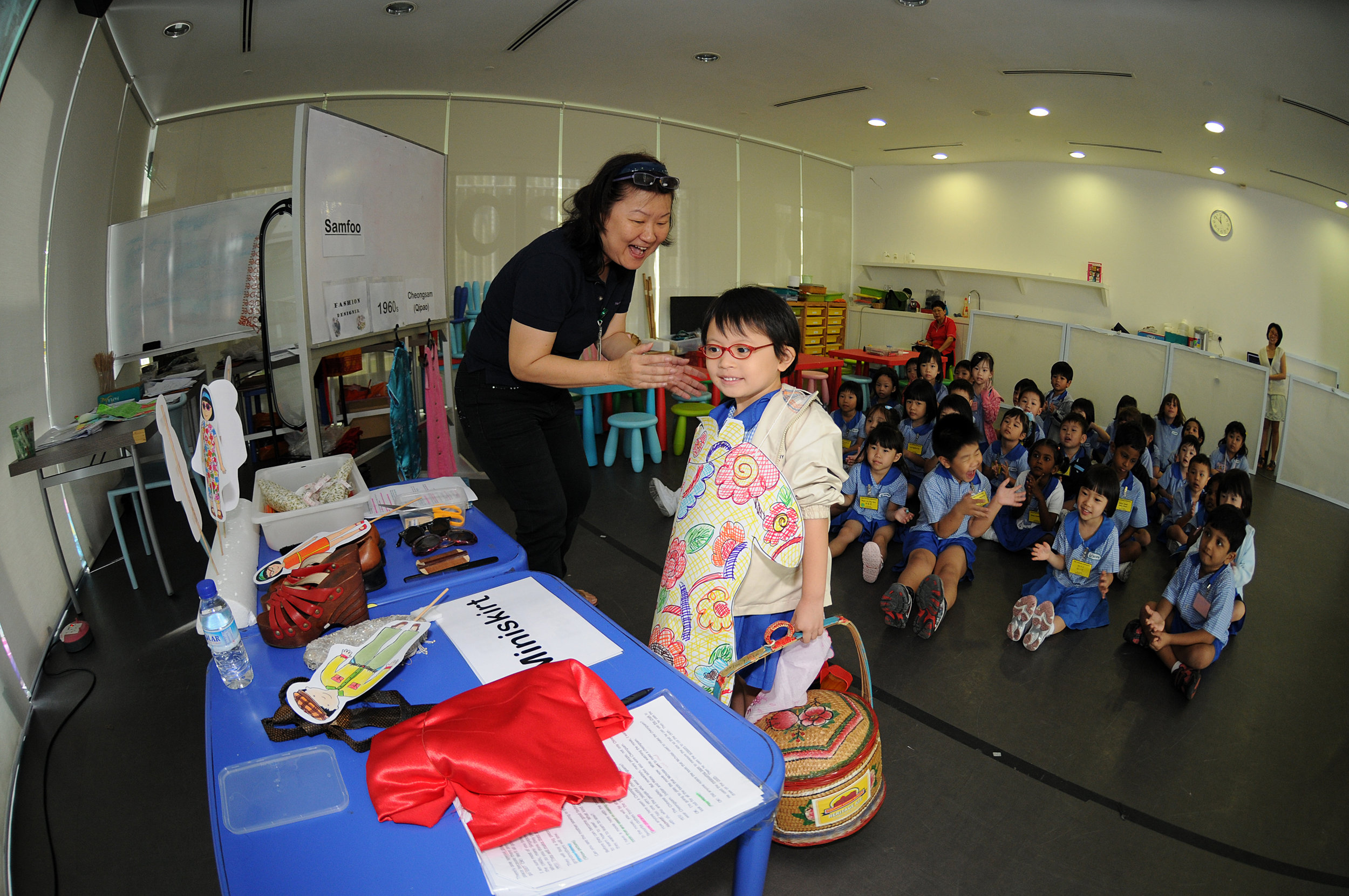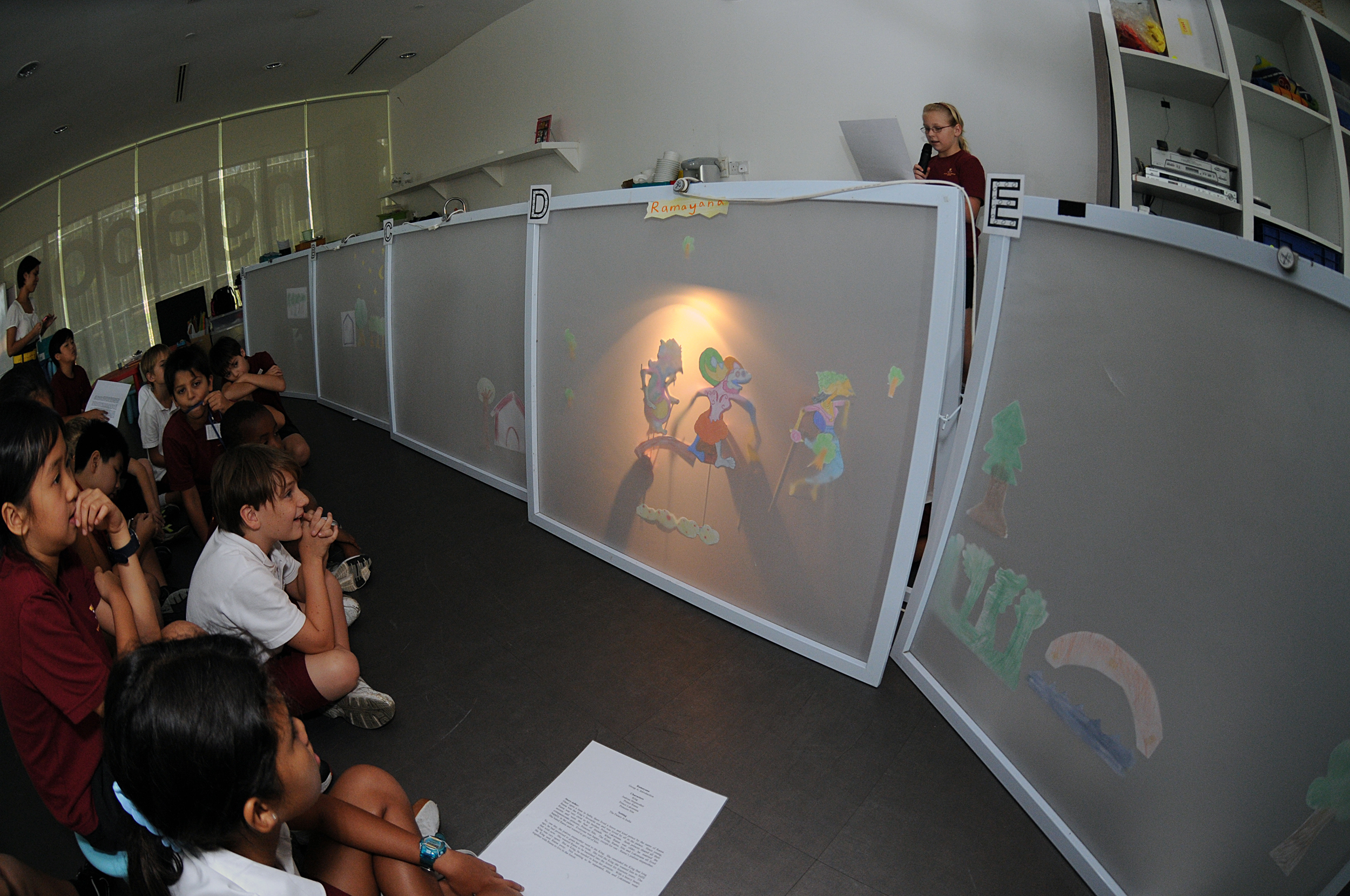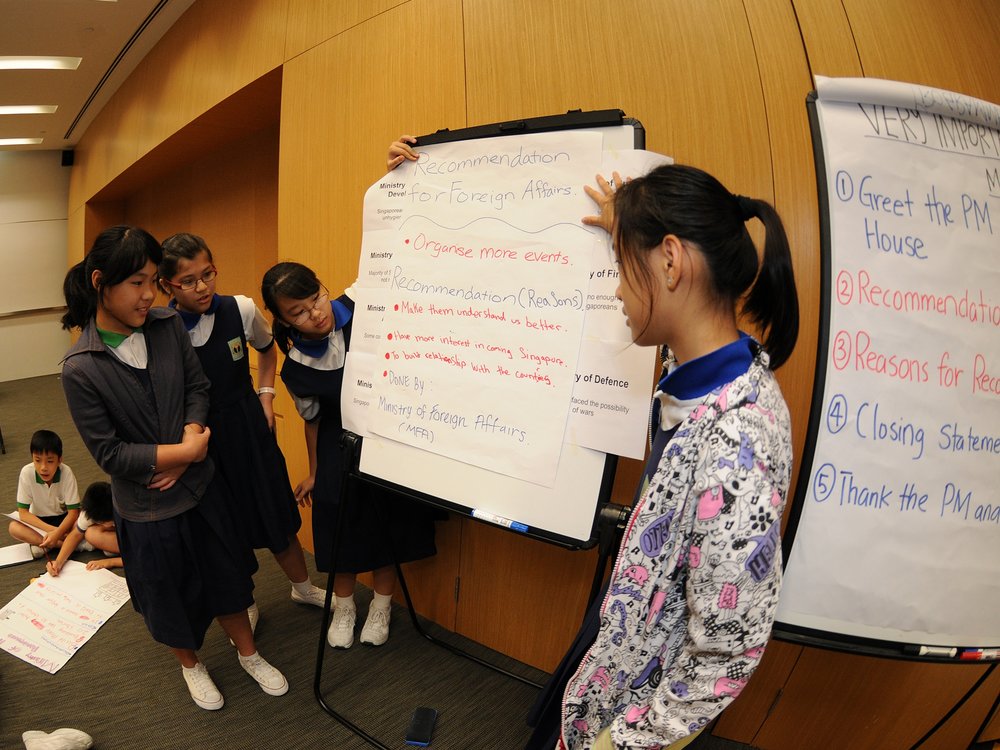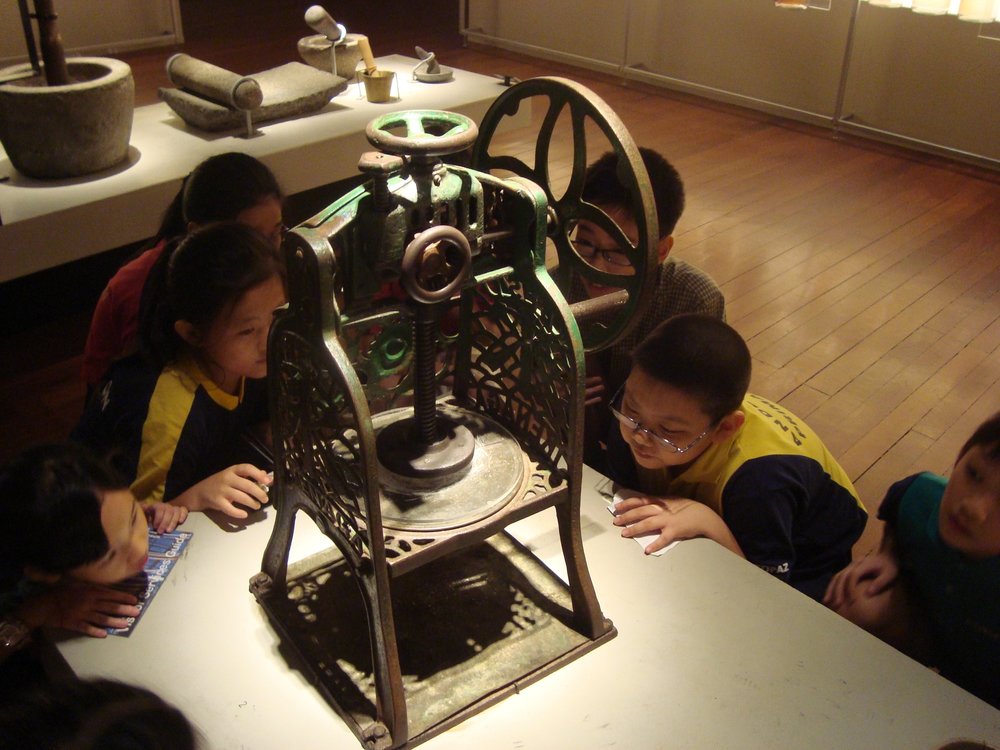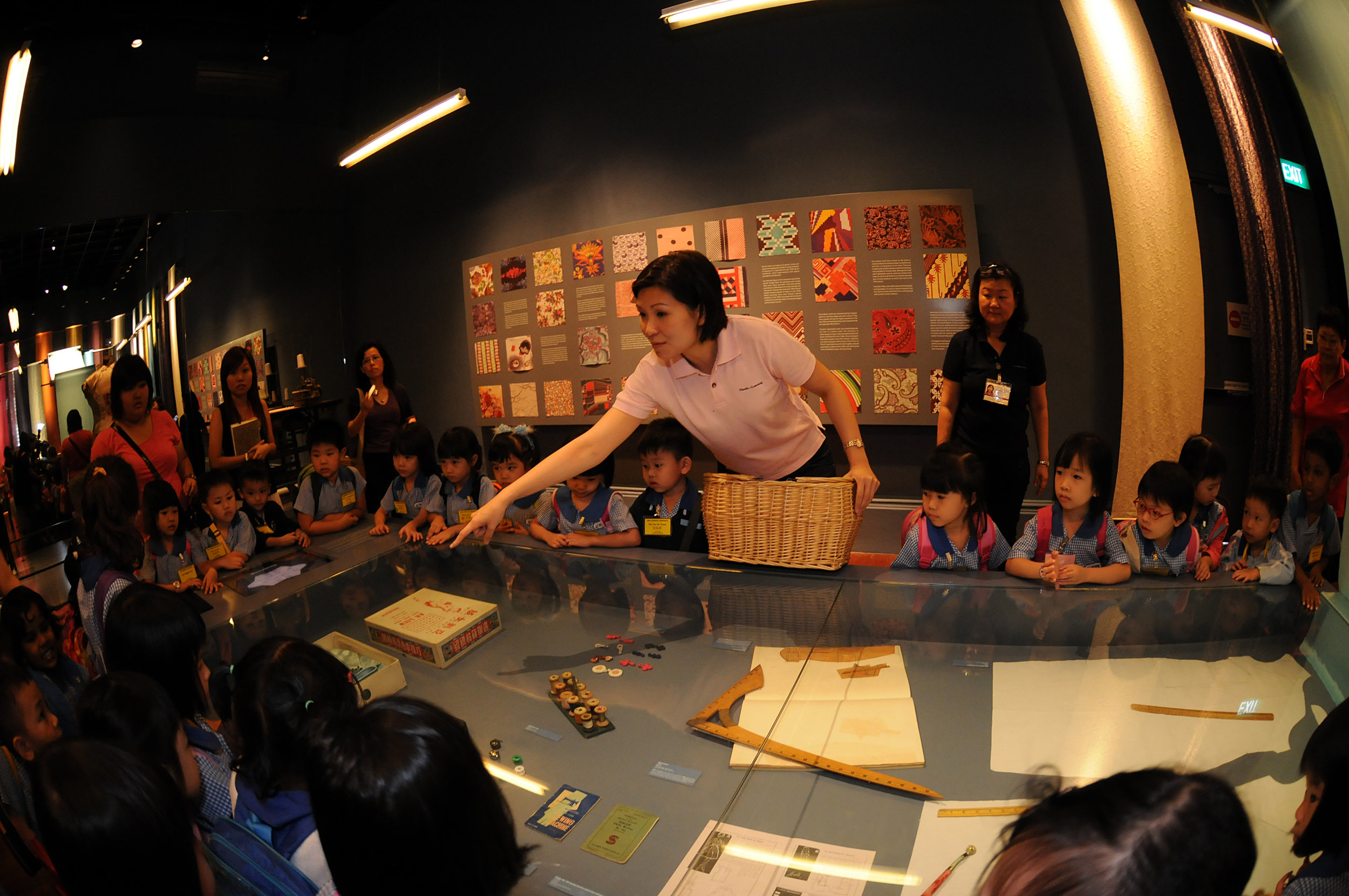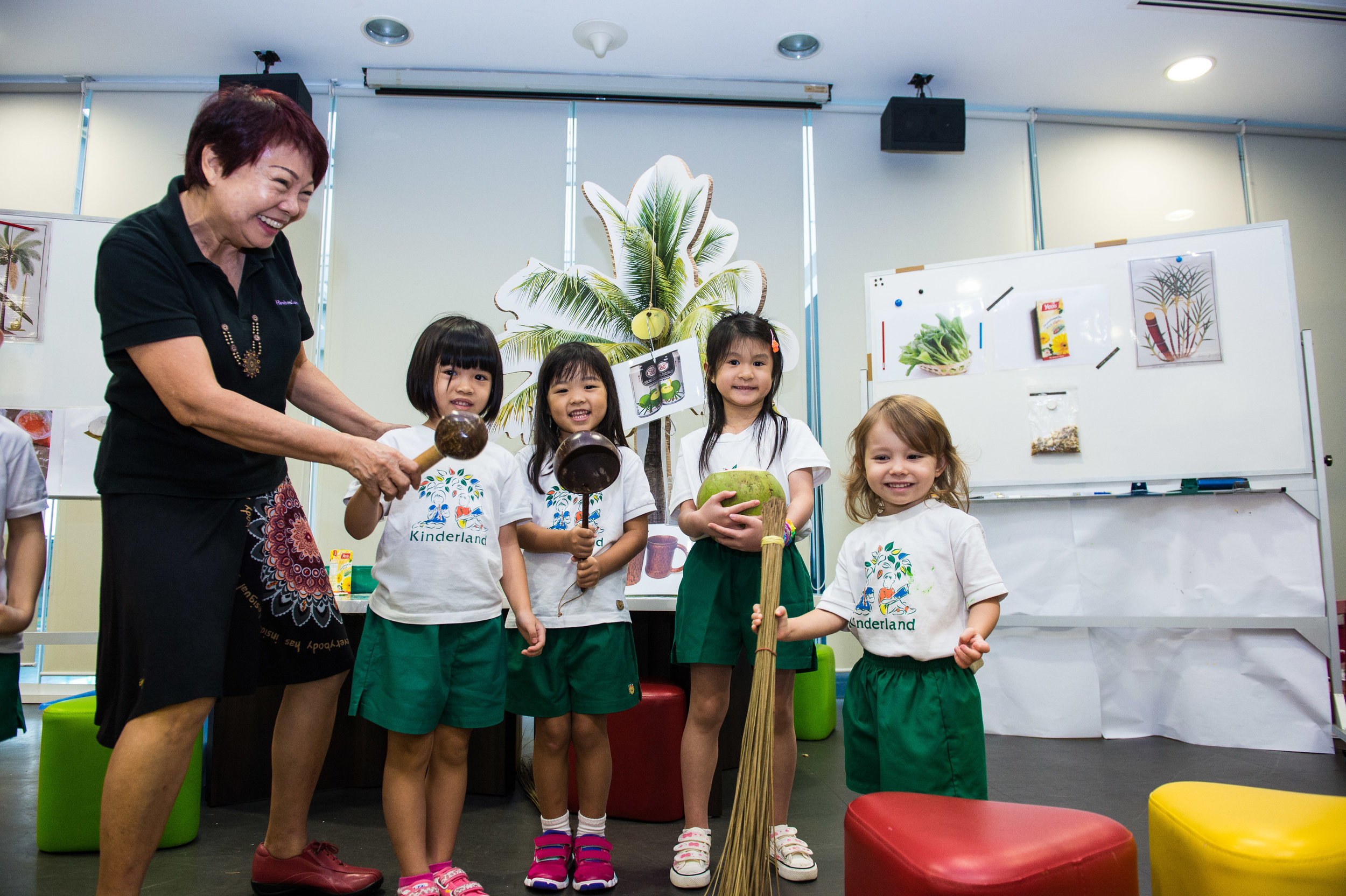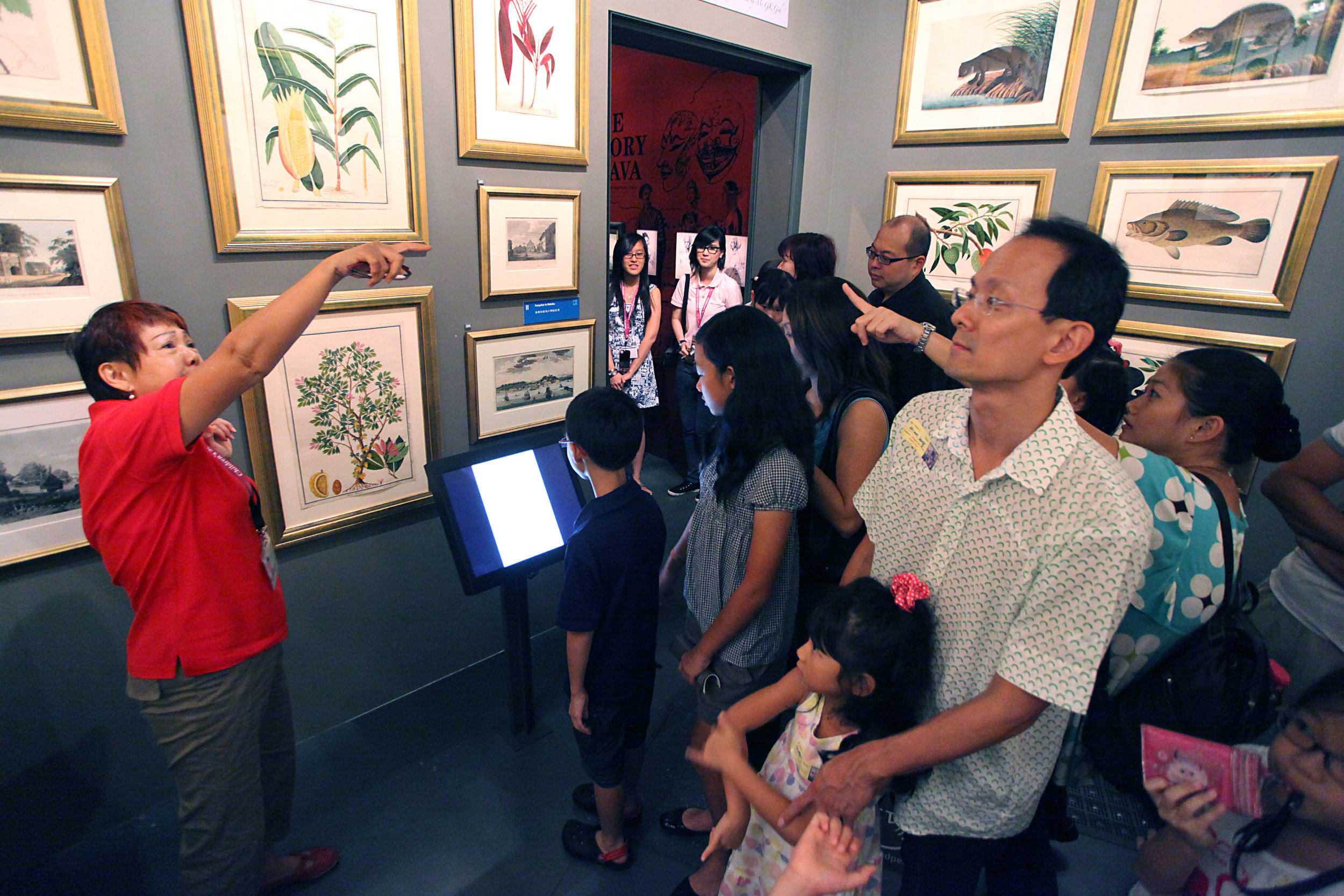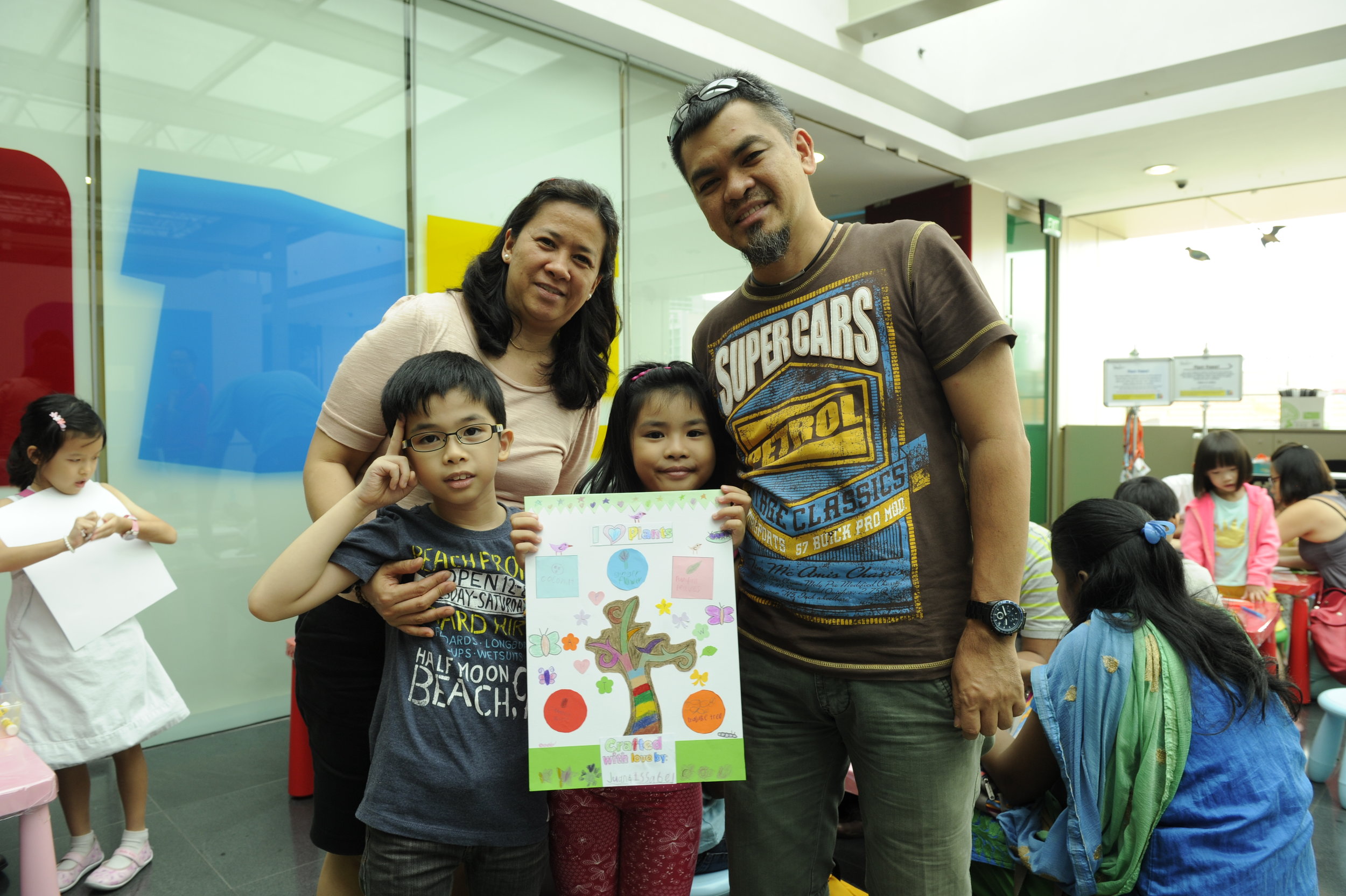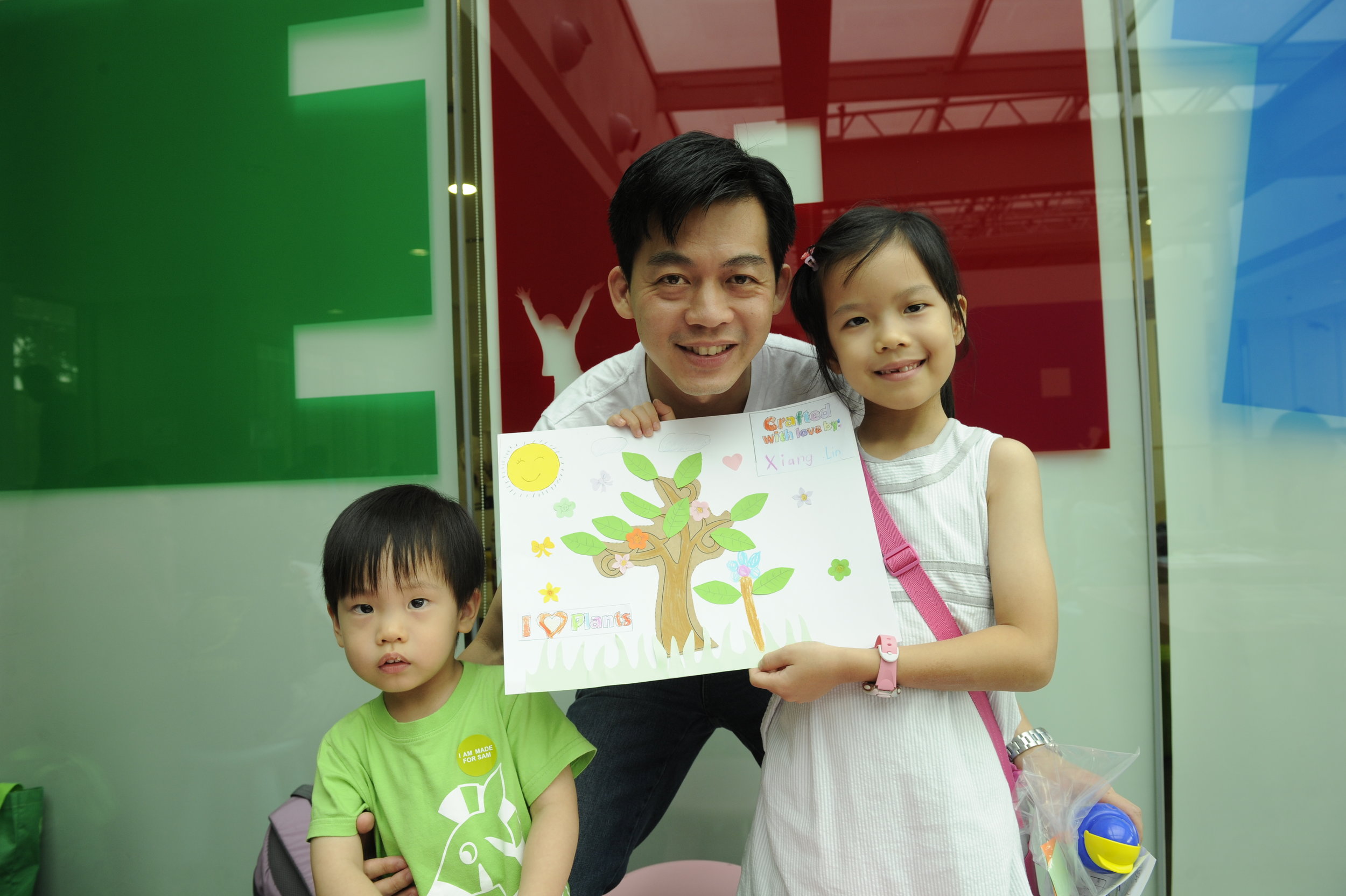People were not going to form a museum-going habit overnight. We would need a long-term and sustainable approach to cultivate a new generation of museum-goers. That was why we started with schools. If we were to help students enjoy their time at the NMS, they would ask their parents to bring them there more often. At the same time, we would also need to help families enjoy their museum visits.
Targeting the right contacts at the right time was crucial to getting sign-ups. We engaged the subject heads – the ones who would recommend learning journeys to the HODs who made the decisions – to promote the programmes. We also ensured that marketing materials were sent to them at appropriate times to ensure higher sign-ups.
